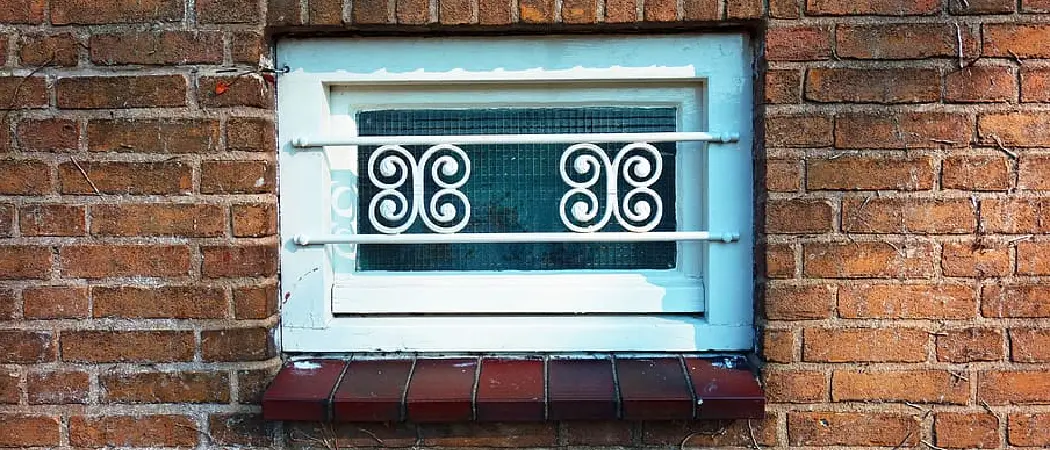As the sanctuary of your private space, your home should be a bastion of security and peace. However, the unfortunate reality is that criminals often spend time observing potential targets before they strike. This strategic reconnaissance is known as “casing,” and it serves as the precursor to many home invasions.
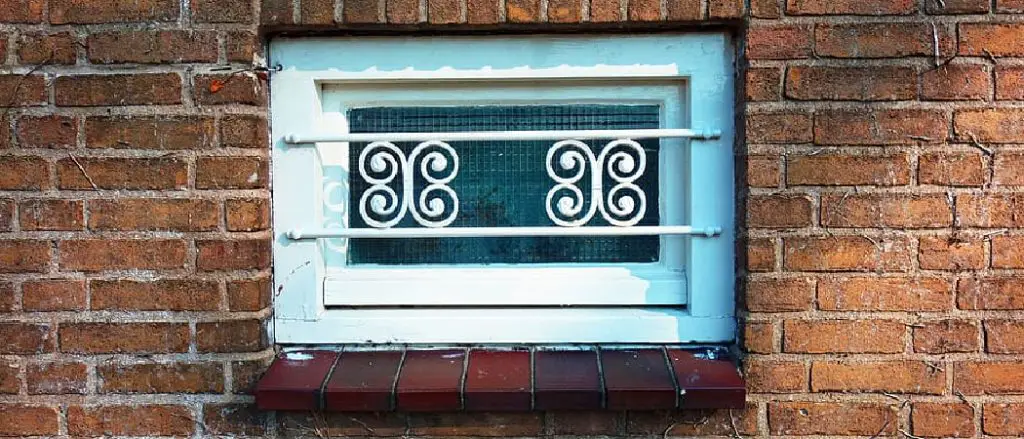
By familiarizing yourself with the behaviors and signs of someone casing your house, you can take critical steps to prevent potential break-ins and safeguard your property. In this comprehensive guide, we delve into the subtle indicators of home surveillance, the best practices to enhance your awareness, and the key steps to bolster your home’s security. So, delve into this article to know more about how to tell if someone is casing your house.
Gaining Insight into Your Environment
Before delving into how to recognize a potential trespasser, it’s important to understand the context of neighborhood security. The welfare of your surrounding area significantly impacts the security of your home. Low crime rates in your vicinity can often give a false sense of security, but criminals often prefer to keep quiet neighborhoods, as there’s less chance of being noticed.
The Impact of Neighborhood Environment on Home Security
In suburban and rural areas, houses are generally more spread out, making it easier for burglars to scope out a target. Contrast this with urban settings, where the close proximity of properties means there’s a greater likelihood of potential burglars being seen. High levels of social cohesion within a community can be a powerful deterrent against crime. Neighborhood Watch programs and maintaining friendly relationships with neighbors can vastly improve the vigilance in your immediate community.
Community Engagement and Safety
Being an active part of your community can lead to a safer environment. Joining or initiating a Neighborhood Watch program, where residents work in concert with local law enforcement to oversee and report suspicious activity, is an excellent example of community engagement that reaps significant security gains.
How to Tell if Someone Is Casing Your House: Signs of Suspicious Activity
Vigilance is the key to recognizing whether your home is being cased. There are typically observable indicators, especially if one knows what to look for.
Unfamiliar Vehicles and Individuals in the Area
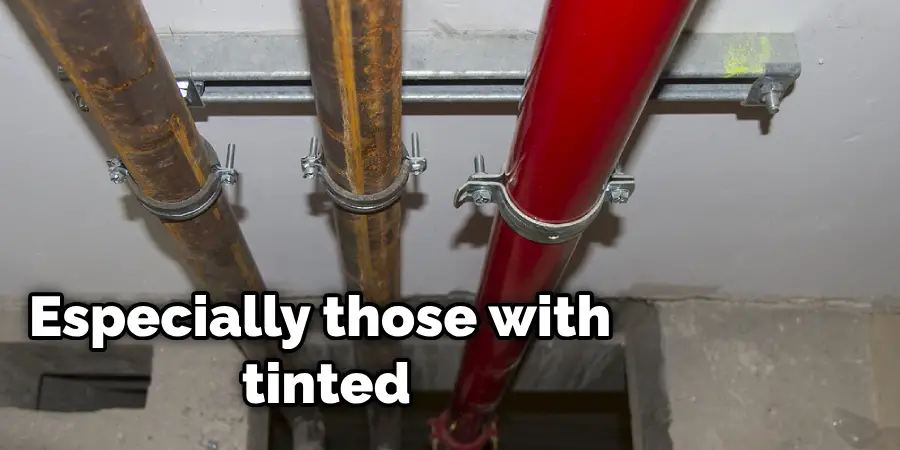
Surveying your street and immediate vicinity should be a regular practice. Look for cars that have been parked for prolonged periods, especially those with tinted or makeshift window coverage. Likewise, new or unknown individuals in your area who appear to be loitering or paying particular attention to your property are red flags.
Surveillance Attempts or Unusual Behavior
Burglars may attempt various forms of surveillance, from simple “loiter and check” tactics to more sophisticated attempts like drones or concealing cameras. Any unusual behavior around your home, such as unusual or frequent visits by the same individual, should be noted and considered a potential risk.
Markings or Signs Left by Potential Burglars
Some burglars leave behind marks or symbols as a form of communication to indicate the risk, value, or layout of the property. This may be as simple as chalk marks on the sidewalk or stickers placed on your mailbox. Familiarize yourself with common burglary symbols to understand their potential meanings and implications.
Attempts to Gain Entry or Access Codes
One of the most obvious signs of someone casing your house is an attempt to gain entry. This could include methods such as posing as a utility worker or delivery personnel, asking for access codes to gated communities, or requesting access under false pretenses. Be cautious when providing personal information, and always verify identities before granting access.
Strange Phone Calls or Unidentified Visits
Burglars may use phone calls or visits as a means to gather information about your home. They may pose as potential buyers, surveyors, or contractors and ask detailed questions about the property’s layout, security measures, and valuable assets. Be wary of unsolicited inquiries and always verify identities before providing any information.
Suspicious Activity in the Neighborhood
Criminals may also use your neighbors’ homes as a way to gather information about your property. If you notice strange activity, such as individuals taking photos or measurements of houses in your neighborhood, be alert and consider reporting it to your local authorities.
Signs of Forced Entry or Tampering
Keep an eye out for any signs of attempted forced entry, such as damage to locks, windows or doors. This could be an indication that someone is trying to test the security measures of your home.
Suspicious Packages or Deliveries
If you receive packages or deliveries that you did not order, this could be a tactic used by burglars to check your home. Additionally, packages left at your doorstep for prolonged periods can signal an unoccupied home, making it a potential target for criminals.
Enhancing Home Security: Key Steps to Take
Recognizing suspicious activity is just the first step in safeguarding your home. Here are some key steps you can take to enhance your home security and prevent potential break-ins:
Observation Techniques Need to be Prioritized for Prevention
To notice signs of potential casing effectively, you’ll want to develop specific observation skills.
Paying Attention to Patterns and Inconsistencies
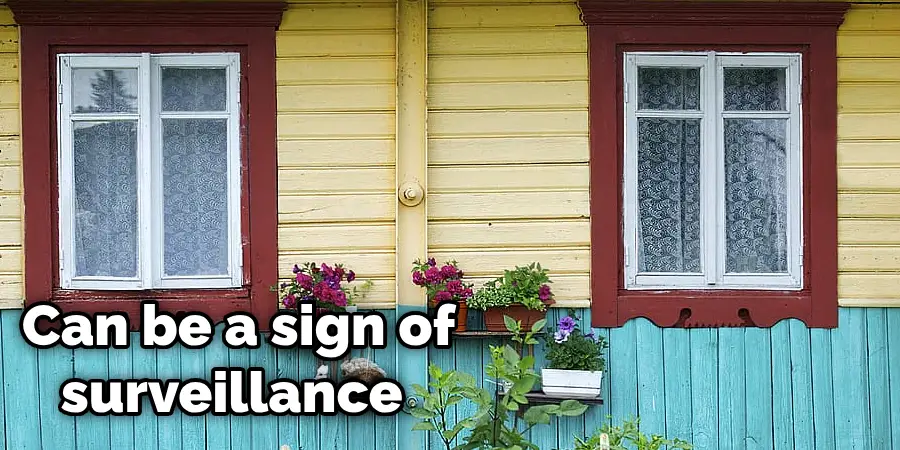
Human beings are creatures of habit. Observing any disruption in the typical ebb and flow of your neighborhood, or even your own property, can be a sign of surveillance or impending harm. Pay particular attention to inconsistencies, such as individuals adjusting their behavior whenever someone acknowledges or approaches them.
Documenting Suspicious Activity
Keep a log or take notes of any activity that strikes you as odd. This can serve as valuable evidence if you need to report to law enforcement. Look for specific details such as the time of the day, descriptions of the individuals, and any vehicles they may be using.
Communicating with Neighbors and Law Enforcement
Your neighbors are your first line of defense. Establish a proactive communication network to share any concerns or observations. Remember, local law enforcement is there to support you. If anything seems even remotely concerning, don’t hesitate to reach out – it’s always better to be safe than sorry.
Home Security Measures to Enhance the Security
The best defense is a good offense, and this adage holds true for home security. By implementing robust preventative measures, you are making it significantly more challenging for a potential burglar to use your home successfully.
Strengthening Doors and Windows
Your entry points are the most vulnerable areas of your home. Installing solid-core or metal doors, using high-quality deadbolts, and reinforcing the frames can all help thwart entry attempts. For windows, consider using window locks, security bars, and shatter-resistant film.
Installing Security Cameras and Alarms
Visible security cameras and alarms are strong deterrents. Place cameras in strategic locations around the perimeter, with a focus on entries and high-traffic areas. Alarms should be professionally monitored and loud enough to alert neighbors to the potential threat.
Implementing Proper Lighting and Landscaping
Burglars prefer the cover of darkness. Adequate exterior lighting can eliminate potential hiding spots and make your home a less attractive target. Strategic landscaping that doesn’t provide concealment is also essential. Plant thorny bushes beneath windows, trim back overgrown shrubbery and don’t provide ladders or easy climbing points.
Taking Additional Precautions
Other measures to consider include using timers for lights and electronics, securing valuable items in a safe, and keeping personal information private. Additionally, conduct regular security audits to assess any potential vulnerabilities or areas of improvement.
Reporting Suspicious Activity
If you believe your house is being cased, prompt reporting is crucial.
Contacting Local Law Enforcement

When you’re certain or even remotely suspicious that someone is casing your home, contact the police immediately. Provide as much detail as possible, including physical descriptions, the direction of travel, and any vehicles involved. Remember to mention if they have any equipment that may indicate surveillance.
Providing Detailed Information and Descriptions
Precise details enhance the efficacy of the investigation. Note the exact time and location of the incident, detailed descriptions, photographs if possible, and any actions or items that may have stood out as potential tools or indicators of burglary preparation.
Building a Neighborhood Watch Program
Engaging with Your Community
A neighborhood watch program empowers communities to take proactive measures against crime. Reach out to your community leaders and propose the idea of forming a watch program. This collective awareness can serve as an excellent deterrent for potential burglars.
Establishing Communication Channels
Define communication protocols within the neighborhood watch group so that members can quickly and efficiently relay any suspicious activity. Make sure to include local law enforcement in the communication loop.
Organizing Regular Meetings
Regular meetings allow community members to stay informed, voice concerns, and discuss security strategies. These gatherings also foster a sense of community and responsibility toward keeping the neighborhood safe.
Preparing for Vacations and Extended Absences
Making Your Home Less Appealing to Burglars
If you’ll be away from home for an extended period, take measures to make your home appear occupied. Use timers for lights and electronics, have someone collect mail and packages, and keep a car parked in the driveway.
Notifying Trusted Neighbors
Inform trusted neighbors of your absence and ask them to keep an eye on your property. Provide them with contact information in case of an emergency.
Avoiding Social Media Posts
Resist the urge to share vacation or extended absence plans on social media platforms. Doing so can alert potential burglars that your home is a prime target for a break-in. Instead, wait until you return to share your adventures.
Self-Defense and Personal Safety Training
Taking Precautions
In addition to securing your home, it’s essential to take precautions for personal safety. This includes being aware of your surroundings, avoiding walking alone at night, and following basic self-defense tips.
Seeking Training or Classes
Consider taking a self-defense or personal safety class to learn techniques for protecting yourself in dangerous situations. These courses can provide valuable knowledge and practice to help you stay safe.
Utilizing Safety Apps or Devices
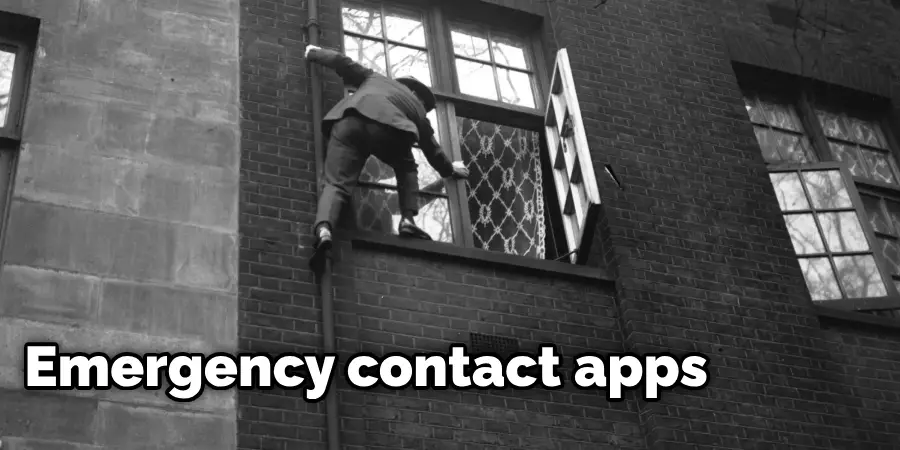
There are several safety apps and devices available that can provide an extra layer of protection. These may include personal alarms, GPS tracking devices, or emergency contact apps that can quickly summon help if needed.
Community Engagement and Strengthening Social Cohesion
Participating in Local Events and Programs
By getting involved in your community through events and programs, you can develop a stronger sense of connection and belonging. This also allows you to get to know your neighbors better, which can increase overall safety and security.
Building Relationships with Neighbors
Building relationships with your neighbors is essential for creating a safe and secure neighborhood. Knowing who lives in your community and having open communication can help keep an eye out for each other’s homes and report any suspicious activity.
Promoting a Safe and Inclusive Community
Take steps to promote inclusivity and diversity within your community. This can create a sense of unity and trust, making it easier to work together toward keeping the neighborhood safe for everyone. Remember, everybody has a role to play in creating a safe community. So, let’s work together to make our neighborhoods safer places to live.
Conclusion
By understanding the signs of home surveillance and taking proactive steps to bolster your home security, you can significantly reduce the risk of a break-in. Home safety is a collective responsibility, one that is greatly enhanced through community engagement and a culture of vigilance. Reinforce your home’s defense, stay informed, and encourage your neighbors to do the same. Your decisive actions can make a profound difference in safeguarding your household and deterring would-be criminals. Stay alert, stay safe, and act swiftly to protect what’s yours. Thanks for reading this article about how to tell if someone is casing your house.

